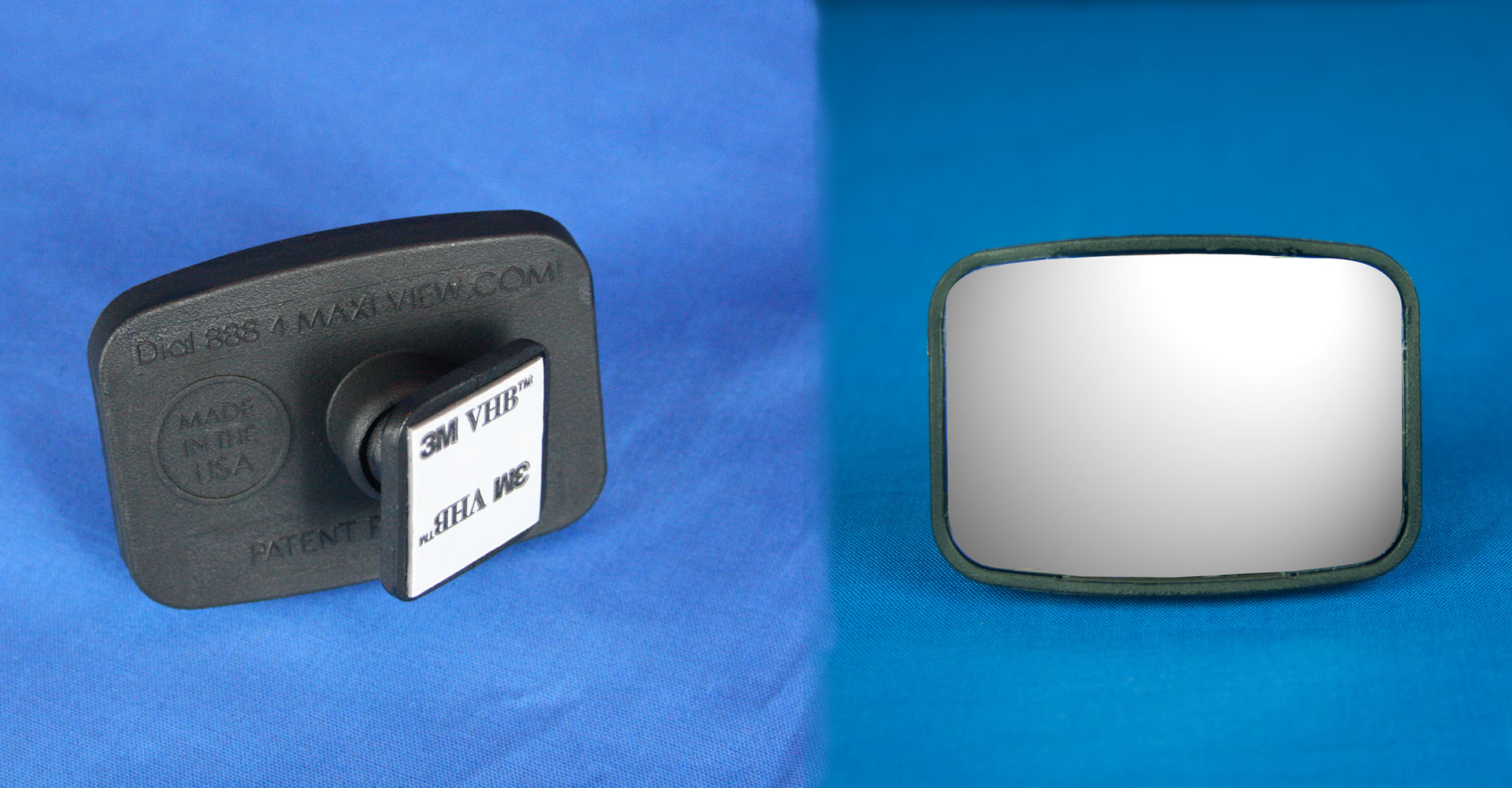
Without taking your eyes off the road, you don’t have the ability to see if there is anyone in your blind spot while operating a motor vehicle. It really doesn’t matter if the vehicle you are operating is a car, bus, truck or motorcycle. All vehicles on our roads with a side mirror attached to it have a blind spot. One of the ways we have been taught to combat the problem of the blind spot is to shift in our seats, turn around and check over our shoulder to physically see if there is another vehicle or object lying in wait there. Now, if I am traveling in a motor vehicle and doing a speed of around 50 or 60 miles an hour; wouldn’t taking my eyes from the road and shifting my position in my seat to look behind me be a hazard to my safety?
It seems it most certainly is. Take into account that lane changes provide the number one reason as to why motorists will die or be involved in a trauma accident. We have all been there ourselves or we have witnessed it happen in front of us: One car driving along and seemingly minding their own business when another decides to make a lane change and suddenly BAM!
So what can be done about this common hazard? One rather imperfect option was the fish eye or bubble mirror. No doubt you have seen them. Generally they come with a cautionary telling you objects are closer than they appear. The greatest error with these types of mirrors is that they miniaturize the size of the target you are trying so hard to avoid.
Maxi View Blind Spot Mirrors take the most logical and safe approach by enlarging the object up to three times its actual size. This enables the driver to accurately see and evaluate the safety of a lane change without the often perilous consequences of inaccurately gauging the distance.
